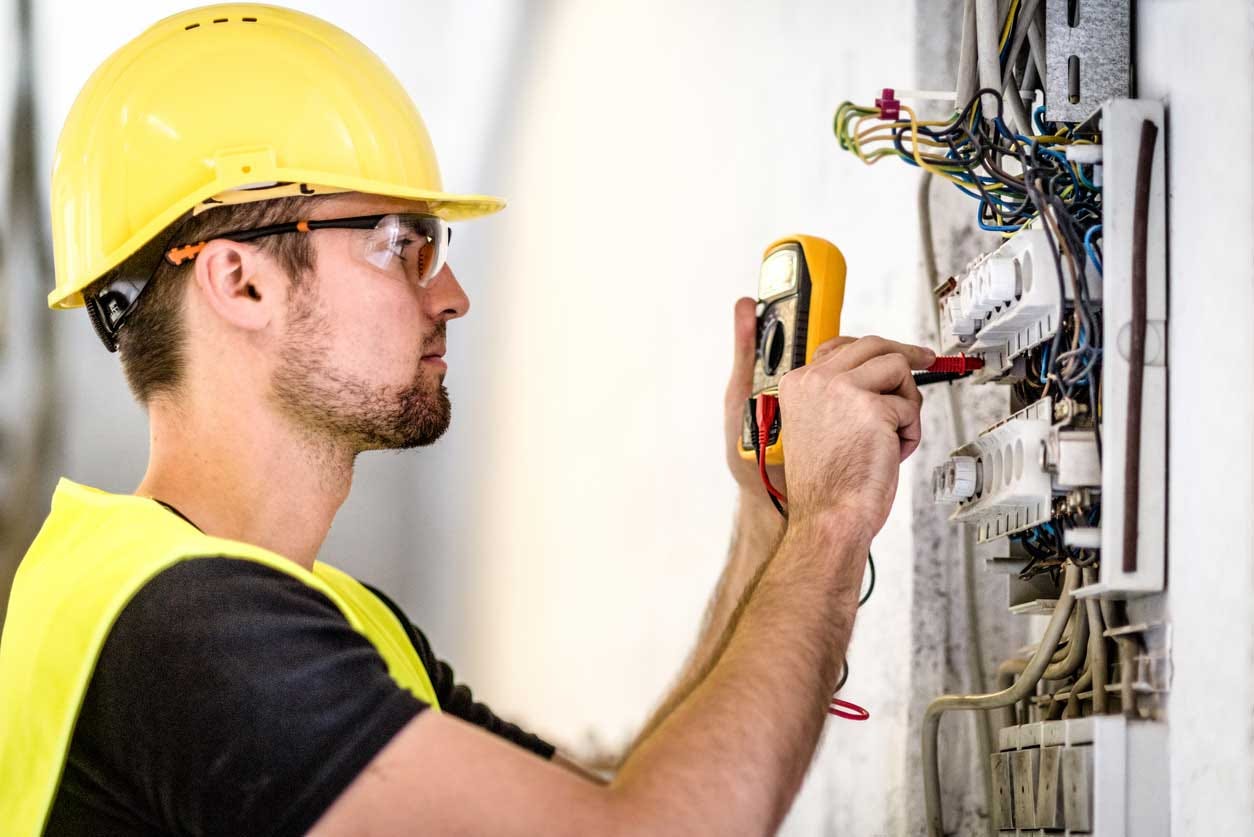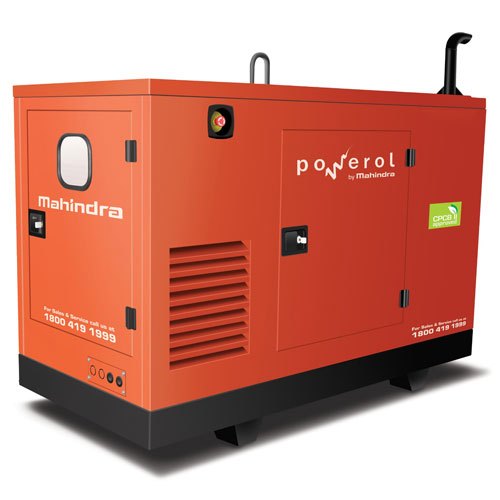
When you connect a device to an outlet, it receives power from your home’s power source. You may not realize that electrical outlets can have different voltages and current ratings and provide different levels of protection when there are power outages or short circuits.
This means that there are unique plugs in your home that will meet the power requirements of specific appliances, such as fridges, dishwashers, washers, dryers, and ovens. If you’re not sure which device you need to plug into your home’s electrical wall sockets (เต้ารับ เต้าเสียบ which is the term in Thai), you should check their respective manufacturer manuals.
Which Plug Is Ideal for Each Appliance?
- Refrigerators – Most refrigerators operate with a standard 100-120 volt plug and outlet. You will notice that the plug is made up of three pins; This means that you will need an outlet that has three inserts. This third tooth is used in most large appliances and is grounding. Their goal is to protect your device if the power goes out.
- Dishwasher: A wide range of dishwashers uses the standard 110-volt current. It is best to use an outlet with a grounding switch, as it will provide additional caution if the outlet gets wet. The grounding is also designed to trip or disconnect the power to avoid electrical accidents.
- Washers: A washer needs a 120-volt outlet that can carry three tips. Like refrigerators, washing machines often include a plug with two regular teeth and a third tooth that works as a ground.
- Dryer: A clothes dryer will generally need an outlet that is connected to a 240-volt circuit, mostly a three socket outlet (เต้ารับ 3 ตา which is the term in Thai) . The 240-volt circuits run through two wires, a neutral and a ground wire. If the tumble dryer is plugged into a 120-volt outlet, it will not function properly and is likely to be damaged in the end.
- Ovens: A large percentage of ovens require an output of 200 or 240 volts. Oven designed power outlets are generally round so you can quickly tell the difference when plugging in your kitchen appliances.



